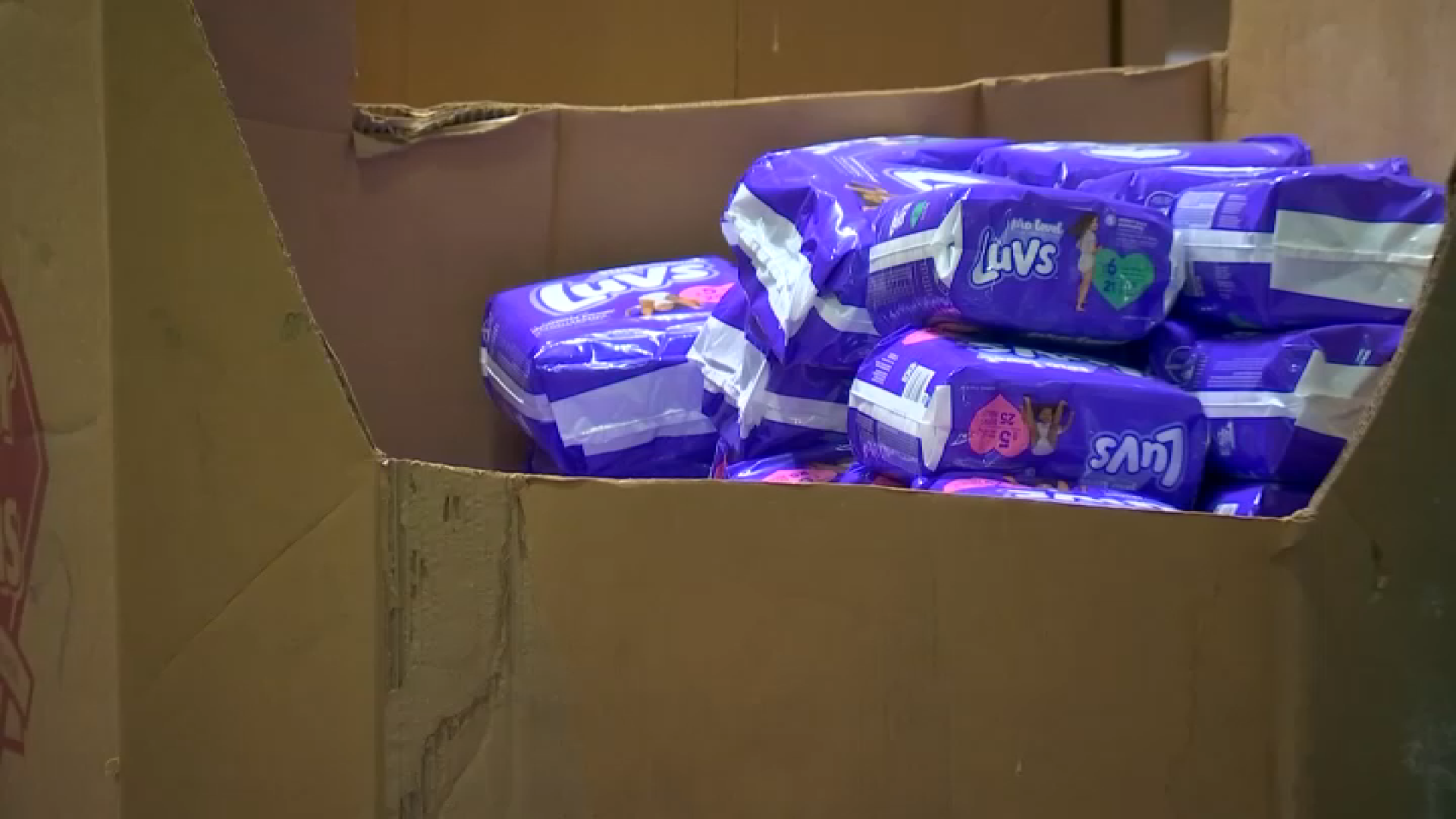Technology from space exploration is being applied to help emergency responders determine more quickly if there may be disaster survivors in need of urgent rescue from collapsed buildings.
Detecting a survivor trapped beneath tons of rubble may be a only a heartbeat away with the portable microwave radar device dubbed "FINDER" – Finding Individuals for Disaster and Emergency Response.
FINDER is designed to detect the tiny body surface motion caused by an individual's breathing and beating heart, said Jim Lux, task manager for FINDER at La Canada Flintridge’s Jet Propulsion Laboratory.
In developing FINDER, JPL worked with the federal Department of Homeland Security.
Demand for the new technology arose from the experience of Urban Search and Rescue (USAR) Teams – including one based in Los Angeles County – responding to major earthquake disasters such as occurred in 2010 in Haiti, where victims were trapped in multiple building collapses.
Teams attempting to locate trapped victims have long made use of the sensitive smell of trained canines, and existing technology such as ground-penetrating radar. But using those methods to canvas a collapse zone can take considerable time and effort, and precious time may be lost working areas where it is learned only after the search that there were no survivors to be saved.
The envisioned role of FINDER is to enable a USAR team to quickly determine areas of the disaster on which to prioritize searches.
"The technology has the potential to quickly identify the presence of living victims, allowing rescuers to more precisely deploy their limited resources," said John Price, program manager for the First Responders Group in Homeland Security's Science and Technology Directorate.
Local
Get Los Angeles's latest local news on crime, entertainment, weather, schools, COVID, cost of living and more. Here's your go-to source for today's LA news.
Lux recalled the collapse of the Northridge Meadows apartment building during the 1994 Northridge earthquake.
"With something like this, you quickly look and see if anyone's there, or did they all get out," Lux said.
FINDER has been undergoing testing at Homeland Security's Task Force One Training Facility in Lorton, Virginia. It has been able to locate individuals secreted behind as much as 30 feet of steel and concrete rubble, said Lux, who returned to JPL from Virginia after a media demonstration there Wednesday.
In recent months, FINDER has also been tested in the rubble field at the Los Angeles County Fire Department's Del Valle Regional Training Center in Castaic, where Task Force Two trains.
"I was impressed," Capt. Mitch Diehl said, recalling there were only a few software glitches.
Aware that FINDER relies on detecting small motions of the body surface, Diehl said he tried to fool the detector by remaining as still as he could. But with his heart still beating, FINDER found him.
In its current design, FINDER is not intended to pinpoint the actual location of a detected survivor, only to signal where there is one within its field of detection.
Locating the survivor will still rely on trained USAR personnel using other tools.
Unlike ground-penetrating radar, FINDER does not generate images of what lies otherwise hidden within rubble piles. Nor does it attempt to detect human sounds, the basis for the Delsar LifeDetector, another technology used by USAR teams.
FINDER, instead, relies on remote sensing radar technology developed to determine the precise location of spacecraft on NASA missions.
"The problem of looking for tiny, tiny motions from a heartbeat is similar to finding changes in the motion of a space probe," said Lux, who has worked on sensing technology for NASA interplanetary missions.
FINDER scans a field of approximately 160 degrees and as far out, in open field, as 100 feet.
Engineering FINDER not to alert on bystanders and even the rescuers has proven to be one of the tougher technological challenges, according to Lux.
The FINDER prototype occupies a luggage case with wheels, and fits into an airliner's overhead luggage bin – useful when Lux is taking FINDER back to Virginia for another round of testing.
He envisions the production model can be made much smaller, and thanks to recent developments that have brought down the expense of wireless technology, the cost can be kept to $10,000 – a fraction of what it would have cost just a few years ago, Lux said.
Federal Emergency Management is hopeful production models of FINDER will be ready for field deployment by local USAR teams as soon as spring 2014.



